Growing orchids in expanded clay
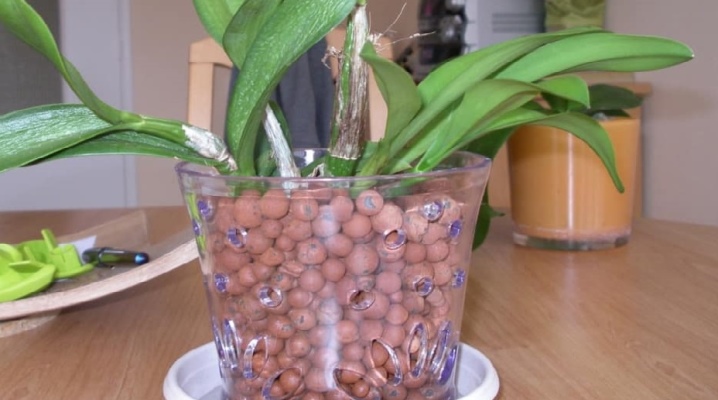
Many gardeners and florists are keenly interested in whether expanded clay is needed for an orchid? The answer is rather yes. But growing an orchid in expanded clay has its own nuances, growing secrets. You need to know exactly how to water and plant such a plant initially.


Advantages and disadvantages
The phrase "orchid in expanded clay" sounds somehow contradictory. It is difficult to imagine a combination of a delicate flower and a tough, even rough building material. But in reality, everything turns out not so bad. In any case, amateur flower growers note the following:
-
moisture is retained excellently;
-
its flow from top to bottom does not cause problems;
-
you can reduce the frequency of watering;
-
the risk of "flooding" the plant is practically eliminated;
-
expanded clay will not decompose, it will not rot (that is, replacements will be required less often);
-
the interval between flower transplants increases.
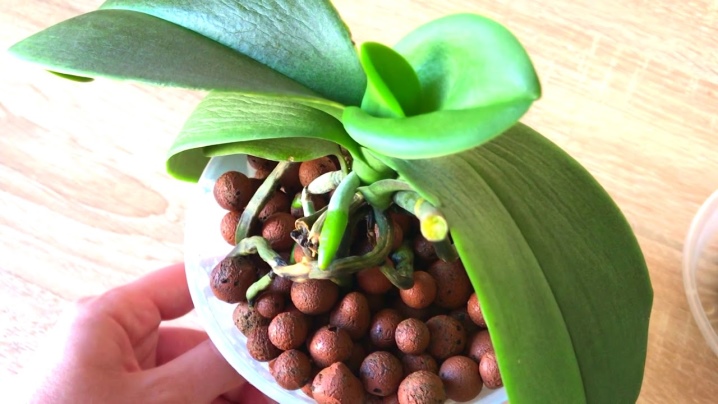
However, he also has weaknesses. Let us also mention them:
-
expanded clay is very heavy (which makes the capacity heavier when growing large plants);
-
this substance manifests itself well at home, but is of little use for greenhouse farms;
-
it is only necessary to tilt the pot a little, as the filler begins to pour out from there;
-
it is very difficult to put and rigidly fix the support for the orchid.
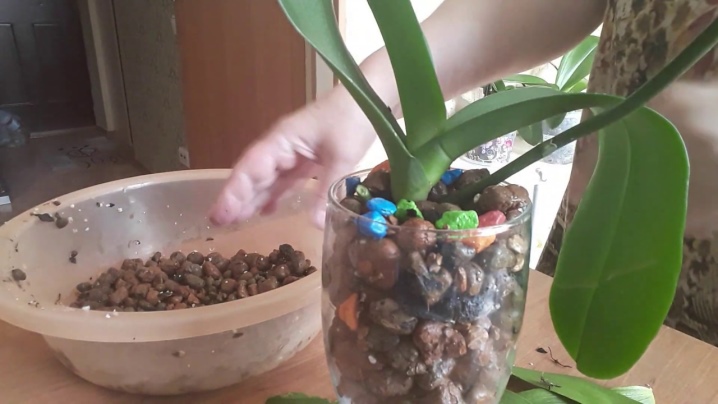
The choice of expanded clay
However, even after adjusting for all the obvious disadvantages, expanded clay in the cultivation of orchids is used more and more actively. And therefore it is important to be able to choose the right look for it. Simply purchasing the same material that is supplied to construction sites is obviously unacceptable. The drainage mass accumulates abundantly salts, which are abundant in water. Over time, this can even lead to the fact that the flower stops developing altogether.
Garden substrate expanded clay can give good results. It is highly regarded by many gardeners. This is an environmentally friendly substance, for which selected clay is used. It is preliminarily purified from salts.
Important: the larger the roots of the plants, the larger the size of the expanded clay fraction should be.

Landing features
Judging by the reviews of experienced flower growers, a variety of types of orchids can be grown in expanded clay:
-
papiopedilums;
-
cymbidiums;
-
cattleya;
-
dendrobiums;
-
phragmipedia;
-
wandas;
-
phalaenopsis.
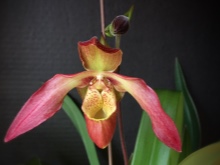


Plants with problematic roots can even be successfully planted. In the expanded clay layer, new roots are formed quickly, and the growth will be very significant.
However, it must be borne in mind that a completely healthy root system does not always adapt effectively to the expanded clay environment. Individual roots can be replaced, which complicates and lengthens the process.
You need to plant an orchid in pots made of transparent plastic, which allows you to monitor the condition of the roots.
But all holes should be located only on the walls. They are not supposed to be at the bottom. Practical observations of orchievods showed that with a volume of 0.3-0.5 liters, the holes for the discharge of excess water should be at a level of 10 mm above the bottom (in the form of a row). If the capacity of the pot exceeds 500 ml, a height of about 15 mm is needed, and with a volume of 1500-2000 ml, holes are made at least at a height of 20 mm.
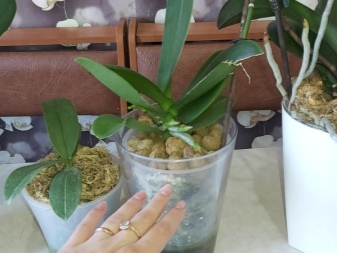
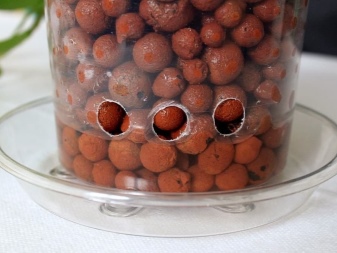
Under the vanda, it is supposed to prepare auxiliary holes on the entire wall of the pot in different places. The fact is that this type of orchid suffers especially from insufficient aeration.
The planting itself is best done in the spring, when the plant is just beginning to grow and form roots. In such conditions, these processes are the least painful for him. Expanded clay granules must be soaked for 24 hours in water, where phytohormones are added; after soaking, the water should drain off.
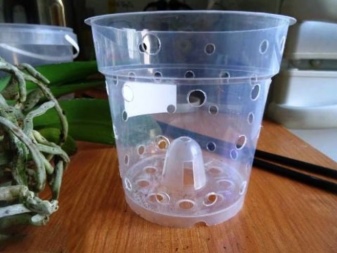
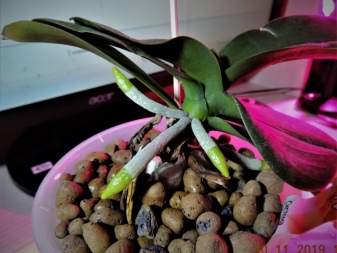
Care rules
The basic principles are the same as when planting in traditional substrates:
-
carefully selected temperature;
-
long backlight;
-
limited humidity;
-
systematic watering;
-
competent feeding.
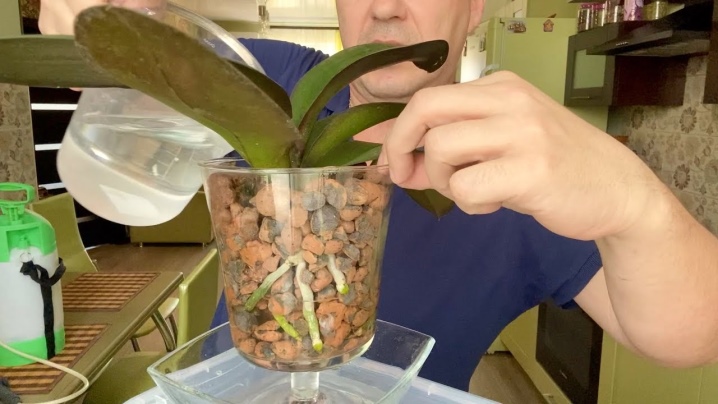
But there are subtleties that distinguish working with an orchid in expanded clay from more familiar options. Once the plant is planted, it must be watered so that the water rises by about 10 mm. Then you need to add water as it evaporates. In this case - at least in theory - the liquid will evenly approach the roots. The material itself regulates their moisture due to its porosity.
True, many growers quite reasonably prefer the more familiar immersion technique. Expanded clay allows you to use it due to its ability to absorb a certain amount of water. With this method of growing orchids, proper feeding is of great importance. Expanded clay loses to the natural substrate in nutritional capacity - strictly speaking, it is generally equal to zero.
The strategy is very simple: they lower the dosage recommended in the instructions by 6-8 times and apply it with each watering.
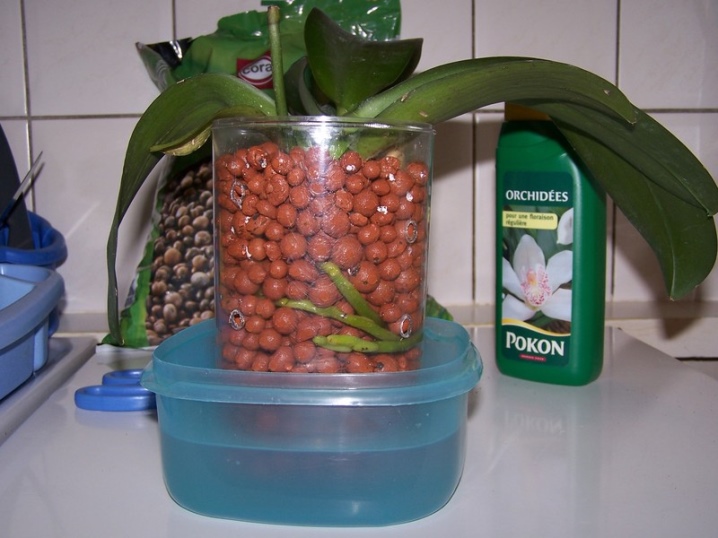
Possible growing problems
You should immediately be prepared for the fact that the orchid will take root for a long time. The point is the very replacement of roots when changing the substrate. It is believed that this is due to the impossibility for the old root system to quickly change the regime. However, for the plant itself, this does not threaten anything, except for delayed flowering. Difficulties can also be caused by the already mentioned precipitation of expanded clay balls with even a slight inclination of the container.
Serious difficulties await those who try to grow an orchid in expanded clay without top dressing. This approach only turns out to be the death of the plant. In nature, the orchid also grows on stony soils. Therefore, one cannot say that expanded clay substrate is unnatural. Conclusion - at least it would be quite reasonable to try this technique.
Watch a video about the mistakes of growing orchids in expanded clay.































The comment was sent successfully.